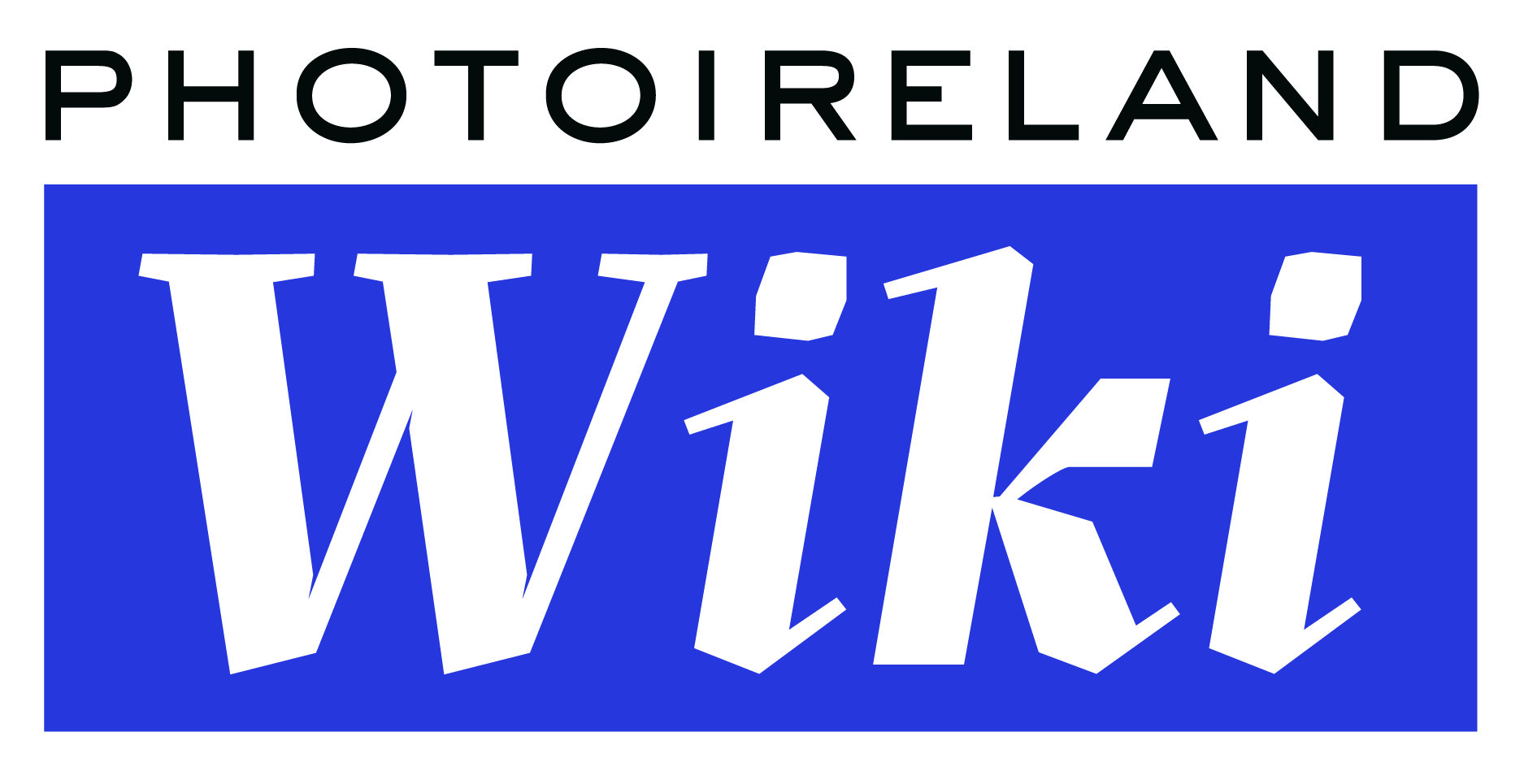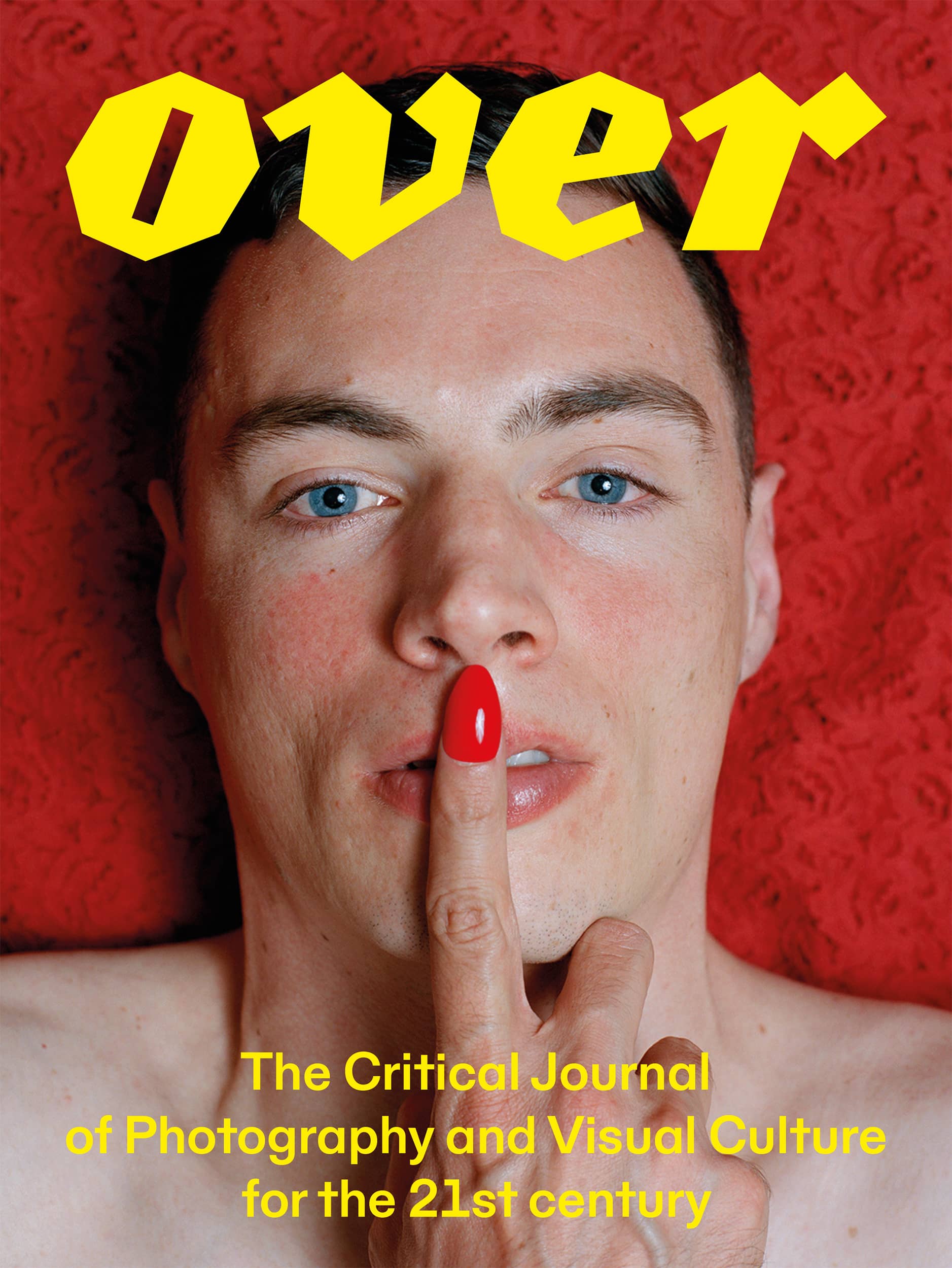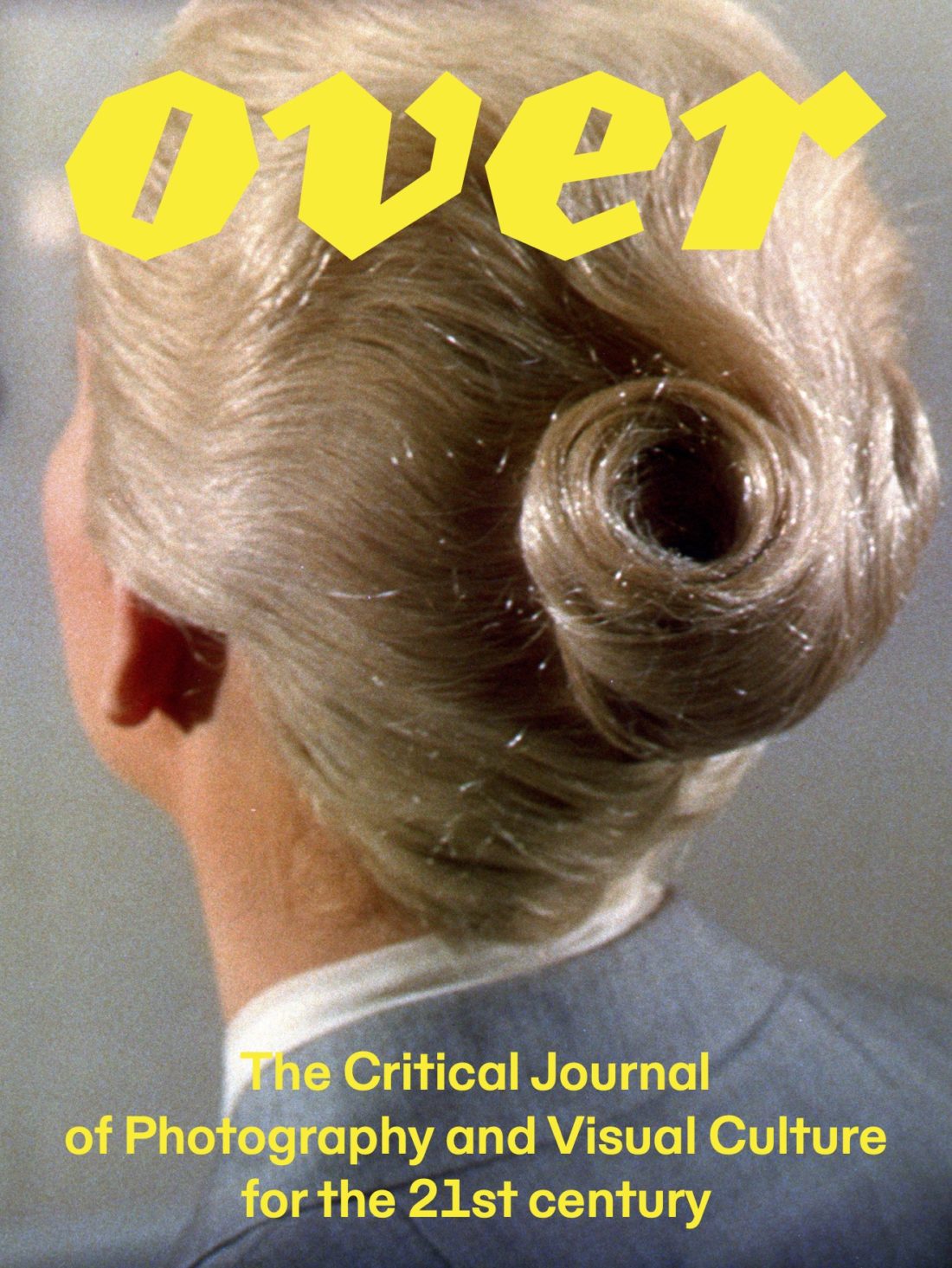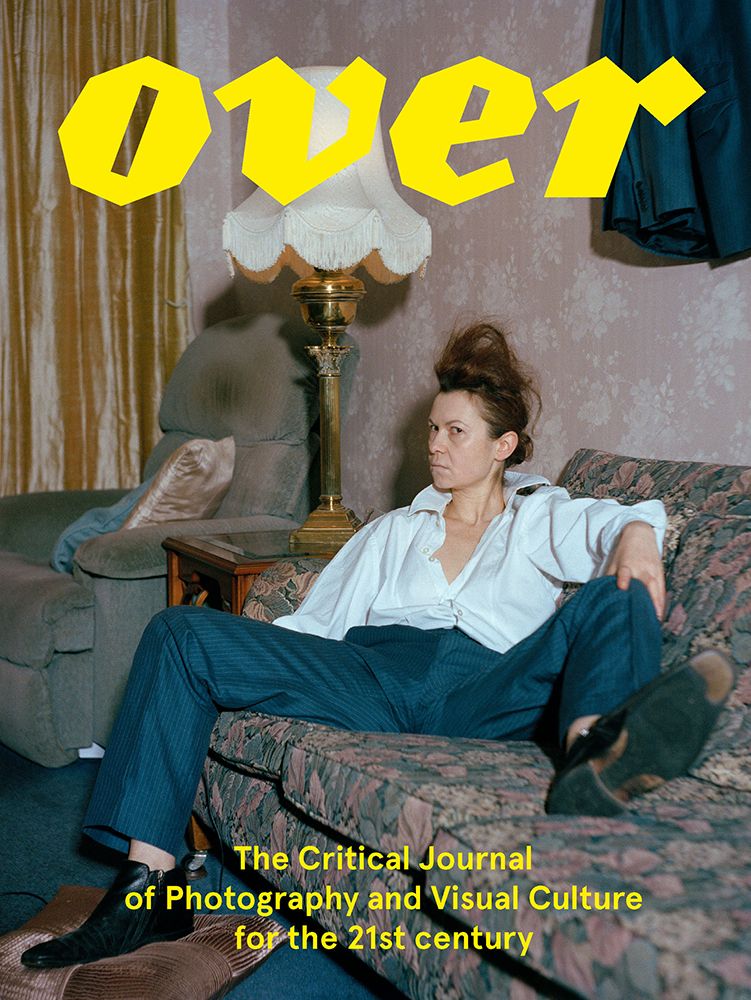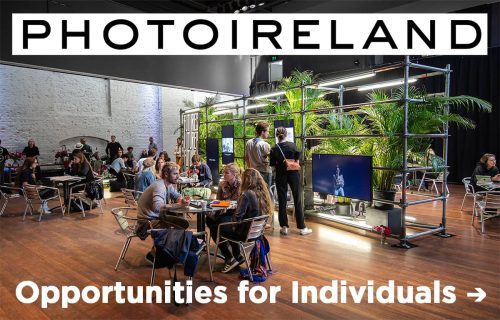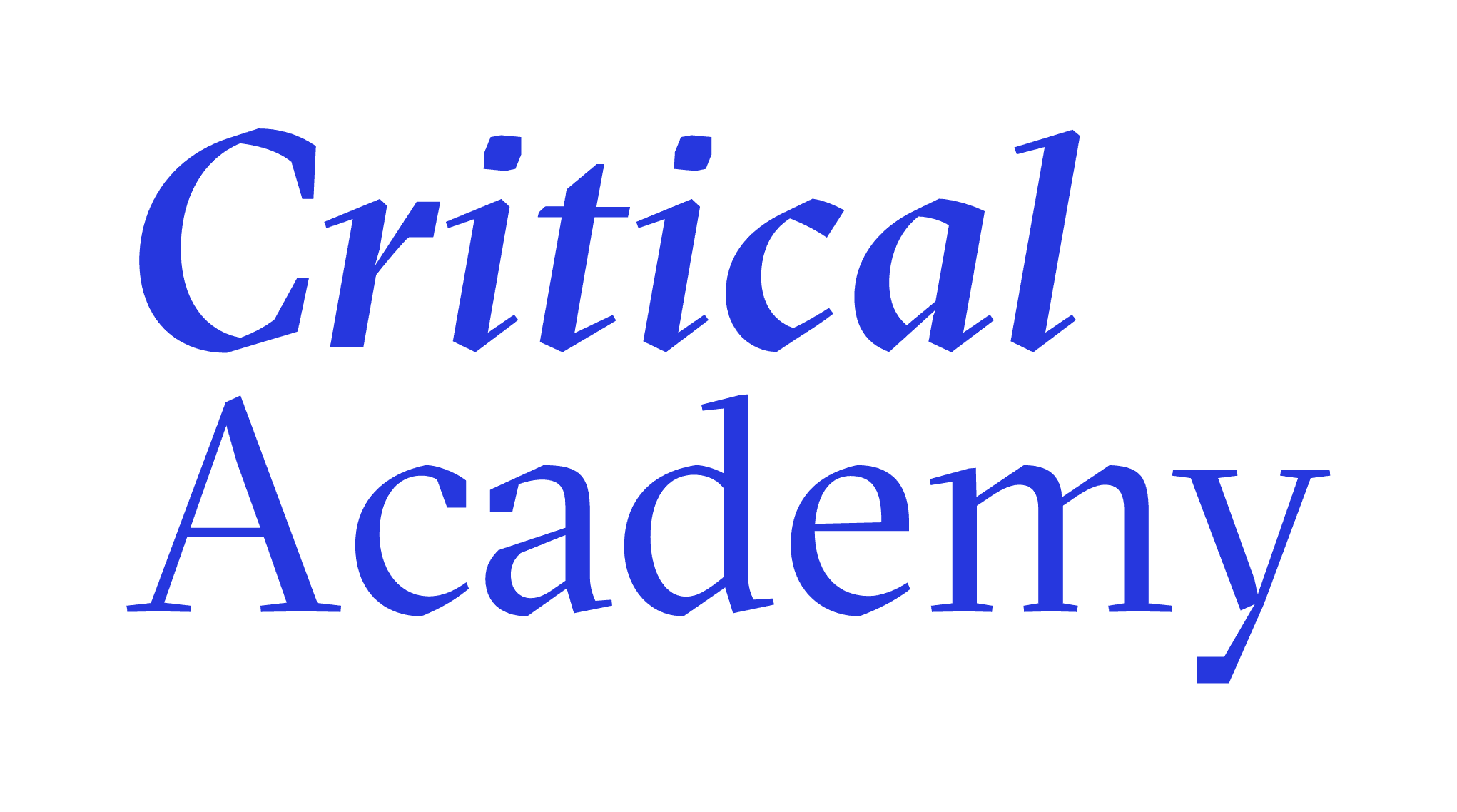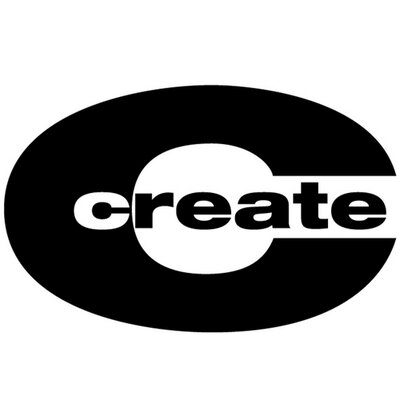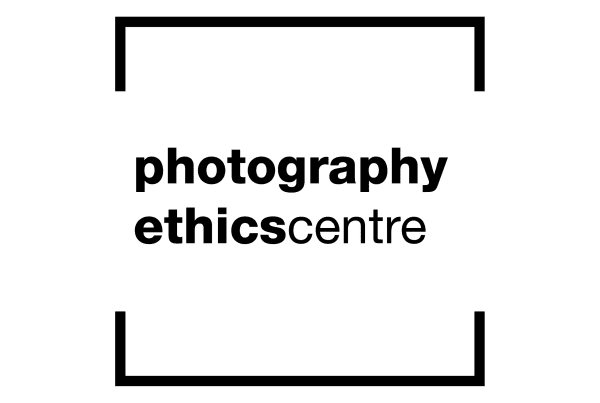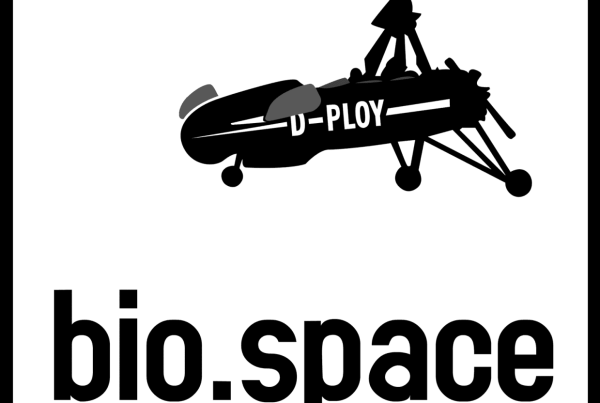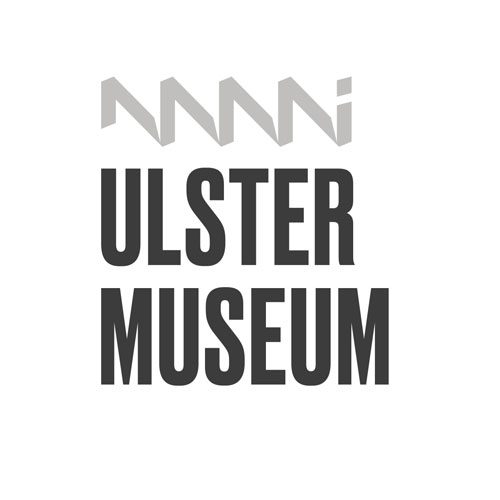
Situated in the beautiful Botanic Gardens, Belfast, the Ulster Museum is unique in Northern Ireland for its range of art, history and science collections and displays. It was officially established in 1929 as the Belfast Municipal Museum and Art Gallery on the opening of the museum building in that year. A municipal museum service had, however, been in operation since c. 1891 when a huge collection of some 60,000 items was bequeathed by the Rev. Canon John Grainger (1830-1891) of Broughshane, Co. Antrim, to Belfast Corporation. This collection, representing a lifetime’s scholarly interest in natural history and antiquities, contained a vast array of specimens, fossils, minerals, fine art, ethnographic objects, books and curios, and became a focus for further gifts and deposits. It was first housed in the then newly opened Belfast Central Library, before moving to purpose built accommodation in Botanic Gardens in 1929. From this time, the Museum served in effect as a national institution for the whole of Northern Ireland, receiving official recognition under the Museum Act of 1961. The building was then extended and government funding secured with the museum changing its name to the Ulster Museum. More recently, the Ulster Museum has joined forces with the Ulster Folk & Transport Museum, the Ulster-American Folk Park and Armagh County Museum to form MAGNI (Museums And Galleries of Northern Ireland), a major network of national museums in Northern Ireland. 1
History
Photographs
The photographic collections comprise i) The Robert John Welch Collection. The collection (as glass negatives) was donated to the Ulster Museum by the Belfast naturalists’ Field Club in 1936. A catalogue of the natural history photographs was published by the Ulster Museum in 1986 (Hackney et al 1986). The glass plates are stored centrally but copy negatives and prints are stored in the Herbarium. ii) Prof James Small Collection. Donated by QUB Botany Dept. These are photographic prints of plant parts produced by Small using a plate camera adapted with a macro-lens of his own invention. iii) Miscellaneous photographs, colour and black and white, in a variety of formats. iv) 4inch square glass transparencies formerly used for lectures There is also a modern working collection of 35mm colour transparencies – mainly used for lectures, but increasingly these are being supplanted by digital images used for both lectures and web site development.2
External links & References
- https://web.archive.org/web/20061013170624/http://www.rascal.ac.uk/collection/collector.asp?CollectionID=692&Title=A%2ER%2E+Hogg+Photographic+Collection&Location=Ulster+Museum&Section=Collector
- https://web.archive.org/web/20070928072550/http://www.ulstermuseum.org.uk/filestore/documents/natural_history_factsheets/umherbarium.pdf
